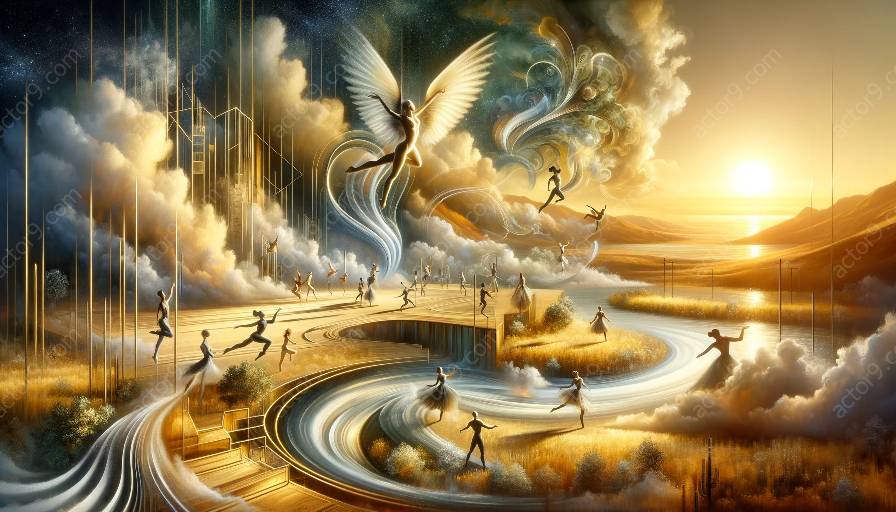Physical theatre and circus arts are two distinct performance genres that have experienced a rich history of cultural influences, contributing to their intersection and mutual enrichment. These art forms, often characterized by their physicality, have evolved in response to and as a reflection of various cultural dynamics, shaping and reshaping their modes of expression, performance techniques, and storytelling.
The cultural influences on physical theatre and circus arts can be observed through the exploration of historical contexts, regional traditions, societal values, and artistic philosophies. These influences intersect and interact to create dynamic, multidimensional performances that resonate deeply with audiences around the world.
The Historical and Regional Contexts of Physical Theatre
Physical theatre, rooted in ancient storytelling and performance traditions, has been molded by the cultural landscapes of different regions and historical eras. From the physical storytelling of ancient Greece to the stylized movements of Japanese Kabuki theatre, the historical and regional contexts of physical theatre have significantly influenced its techniques, themes, and aesthetic sensibilities.
Furthermore, the evolution of physical theatre in the West, particularly during the 20th century, saw the emergence of avant-garde movements such as Bauhaus and Expressionism, which redefined the boundaries of theatrical expression and contributed to the integration of physicality and visual storytelling in performance art.
The Cultural Tapestry of Circus Arts
Circus arts, with its roots in diverse global traditions, exemplify a rich tapestry of cultural influences. From the acrobatic feats of ancient China to the flamboyant circus spectacles of Europe, the cultural diversity of circus arts has been shaped by traditions, rituals, and artistic expressions from around the world.
Moreover, the intersections of circus arts with folk traditions, mythologies, and carnival celebrations have imbued these performances with a sense of communal celebration and cultural identity, enriching the art form with a vibrant array of movement vocabularies, music, and visual aesthetics.
Cultural Convergence: Exploring the Intersection
As physical theatre and circus arts have undergone a process of cultural convergence, their intersection has become a fertile ground for creative exploration and innovation. The fusion of physical storytelling, aerial acrobatics, and dynamic movement vocabularies has given rise to mesmerizing performances that blur the boundaries between theatre, dance, and circus.
One notable example of this convergence is found in contemporary circus productions, where narratives are woven through acrobatic sequences and physical performances, often drawing inspiration from diverse cultural narratives and mythologies. These performances showcase a blending of cultural influences and artistic techniques, offering audiences a sensory experience that transcends traditional boundaries of theatrical genres.
The Impact of Cultural Influences on Artistic Innovation
It is evident that the cultural influences on the intersection of physical theatre and circus arts have not only enriched the artistic expressions within these genres but also sparked innovative approaches to performance creation. Artists and practitioners working at this intersection are embracing a fusion of cultural elements, harnessing diverse movement vocabularies, music, and visual aesthetics to create immersive experiences that resonate with contemporary audiences.
Moreover, the exchange of artistic practices across cultural boundaries has given rise to collaborative efforts that amplify the creative potential of physical theatre and circus arts, fostering a global dialogue that celebrates diversity and shared human experiences.




































